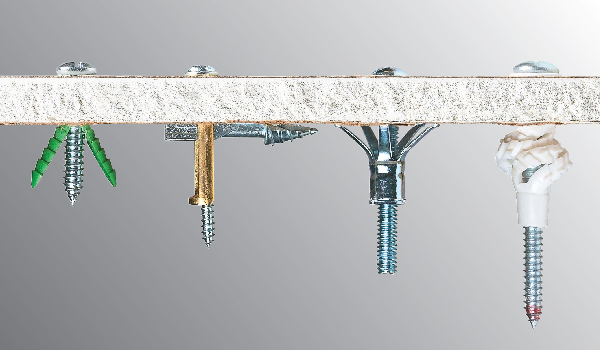
Few DIY moments are more frustrating than driving a screw into the wall — only to have that screw bottom out and spin uselessly in the drywall. When you’re relying on the screw to hold up a cabinet, towel bar, or another fixture, the feeling is even more frustrating.
Simple Solutions. Experienced DIYers know that when you can’t hit a stud, wall anchors and hangers are the answers. To help you find the right anchor or hanger for your next project, here’s a round-up of the ones we like best.
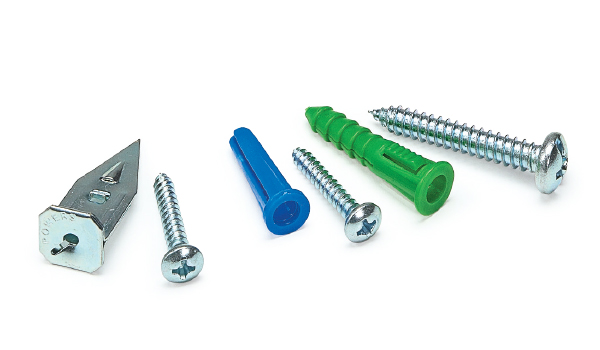
These familiar expanding-style anchors sit at the low end of the strength spectrum. This type slips into a hole drilled in the wall. Drive in a screw, and the sides of the anchor flare out slightly to hold the anchor and screw firmly in place in the drywall. While these anchors hold lighter loads with ease, it might be worth spending a little extra on a medium-duty anchor.
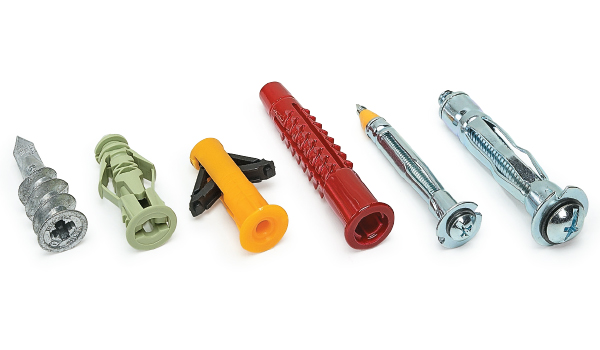
Invest in a medium-duty anchor, and the universe of items you can safely stick to the wall grows a lot. Medium-duty anchors fall into two categories: expansion-style anchors (which expand much more than light-duty ones) and screw-style anchors. They can generally be used to secure towel bars, shower rods, and cabinets smaller than 24"x24"
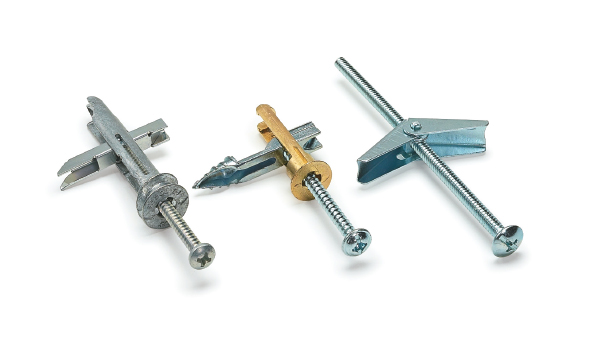
For heavy-duty jobs, take a look at toggle bolts. The traditional design of a toggle bolt is just a bolt with a spring-loaded bracket on it. To install it, you drill an oversize hole in the drywall, as well as the object you need to hang. Then tread the bracket partially onto the bolt, and insert it through the hole. Once it gets through the drywall, the bracket pops open. Tightening the bolt will draw the bracket against the back of the drywall.
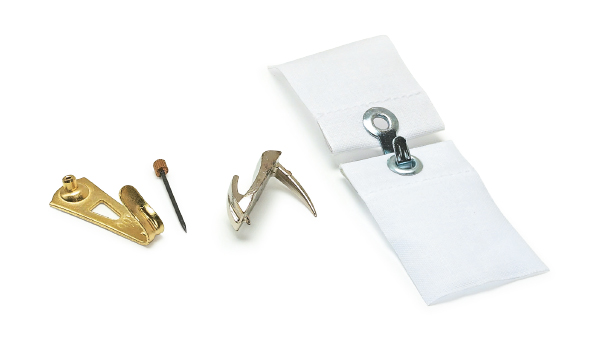
Most people are familiar with picture hangers, which are nothing more than hooks held into the wall with a nail driven at an angle. WallBiter picture hooks, however, consist of a single piece with a barb that “bites” into the wall. You can also find self-adhesive hangers for light picture frames.
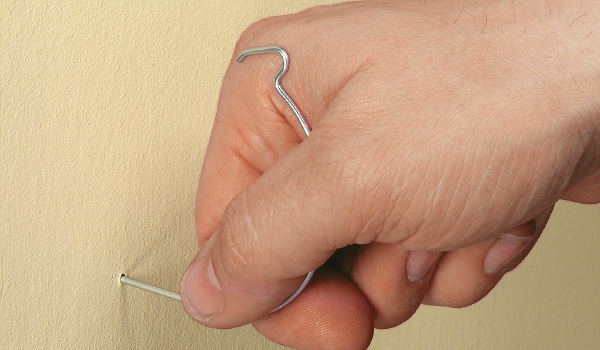
Another wall-hanger option is the “monkey hook,” a picture hanger that you push through drywall. As long as there isn’t a stud in the way, the high-carbon spring steel hook slides through and braces itself against the back of the drywall. This type of hook can generally hold up to 50 pounds.